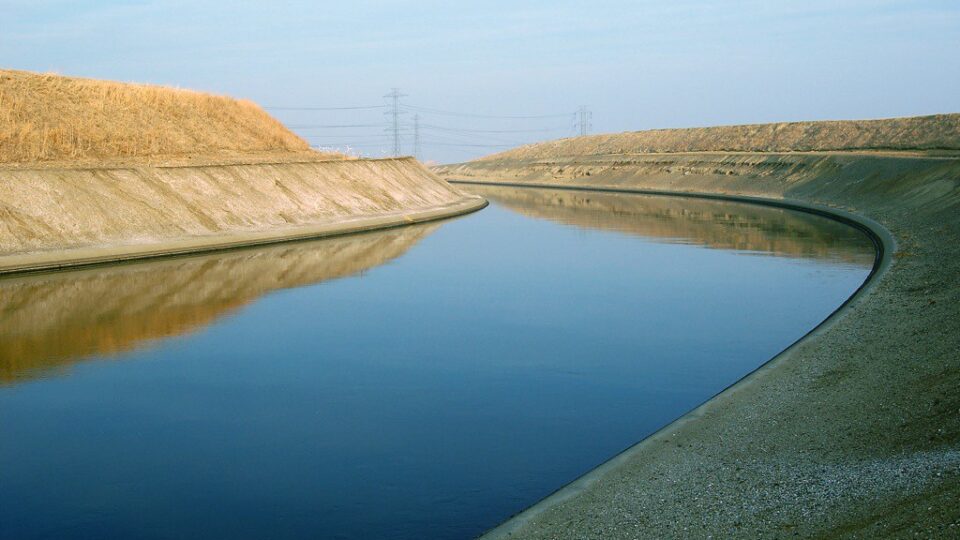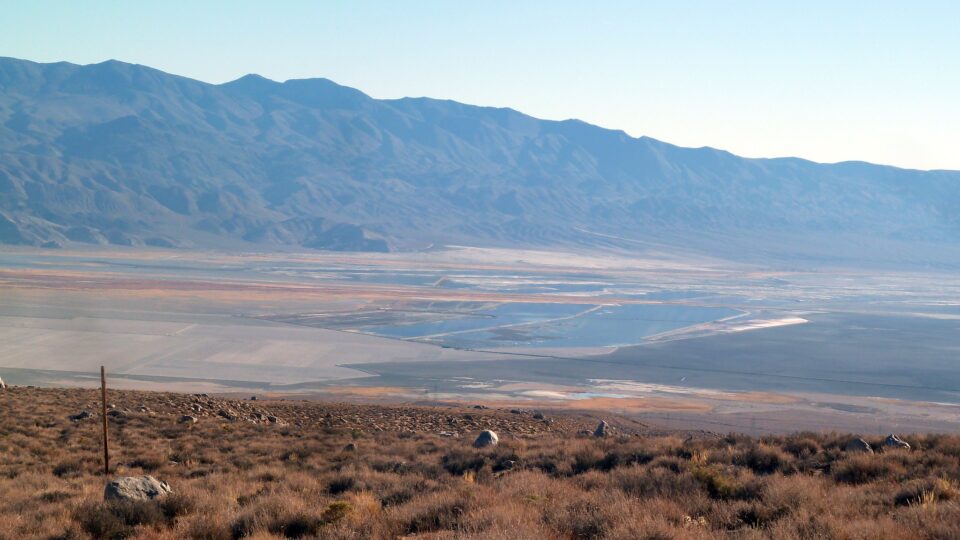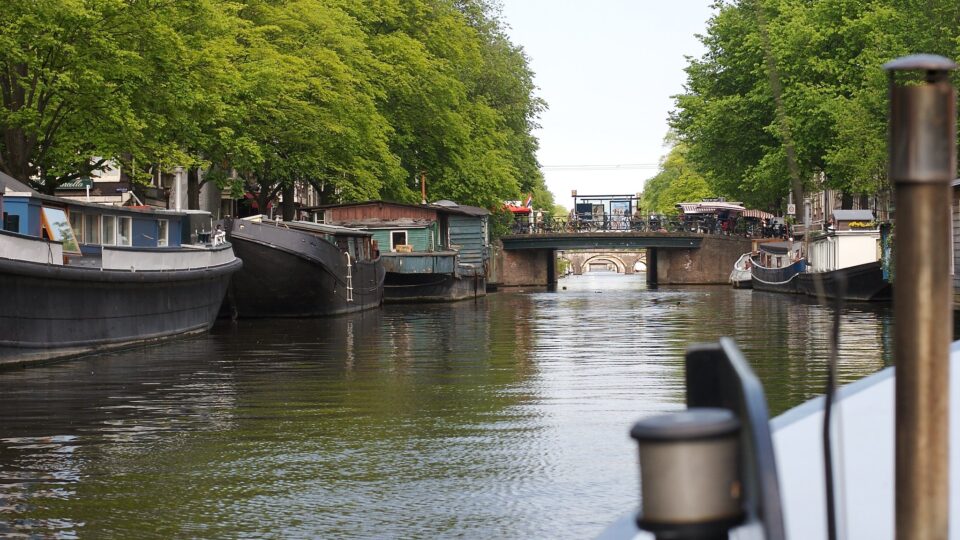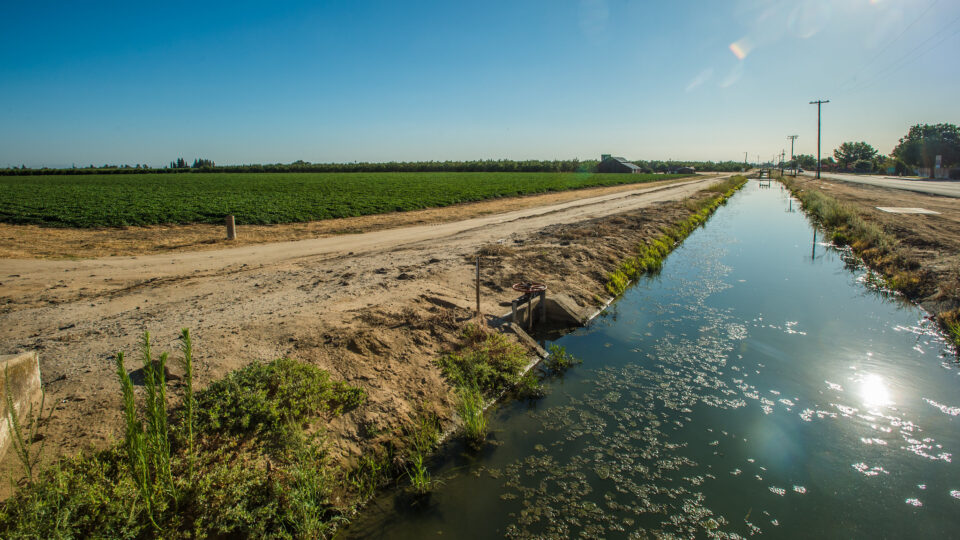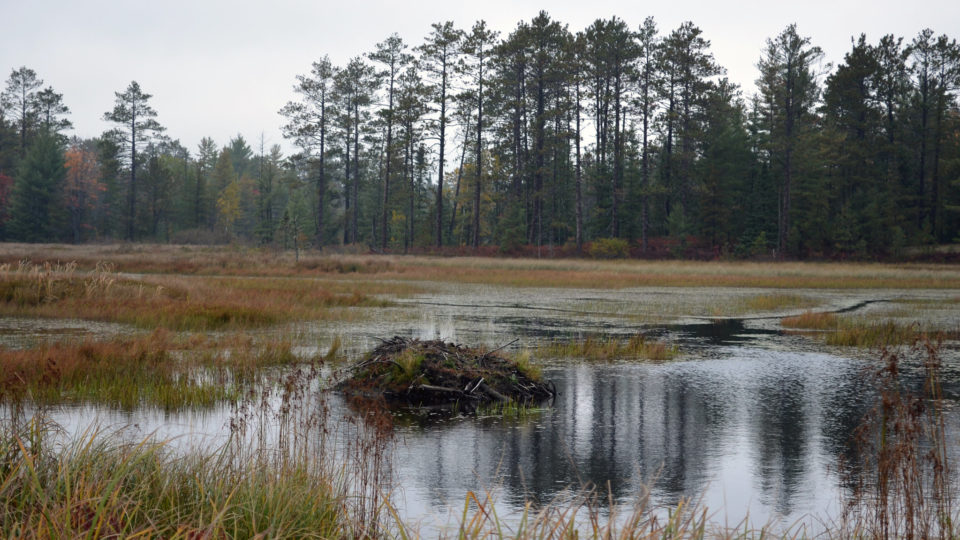There has been growing interest in installing solar panels on top of reservoirs to make use of the available space to make electricity and reduce evaporation. There has been far less interest in installing solar on canals and aqueducts. But that is changing and a new project in California is part of that change.
A study by the University of California, Merced estimates that 63 billion gallons of water would be saved by covering California’s 4,000 miles of canals with solar panels. All that installed solar would generate a significant amount of electricity.
The idea is going to be tested in the Turlock Irrigation District in Central California with Project Nexus, which is the installation of solar panels over 1.8 miles of canals that are between 20 and 110 feet wide. The panels will sit between 5 and 15 feet off the ground. UC Merced researchers will study impacts ranging from evaporation to water quality and use the results to make recommendations with respect to wider use of the technology.
California isn’t the first place to put solar on a canal. India pioneered it on one of the largest irrigation projects in the world. The Sardar Sarovar dam and canal project brings water to hundreds of thousands of villages in the dry, arid region of India’s Gujarat State.
Meanwhile, the Gila River Indian Community in Arizona received funding from the Bipartisan Infrastructure Law to install solar panels on their canals in an effort to save water and reduce stress on the struggling Colorado River.
The world of water infrastructure does not embrace change easily but covering canals with solar panels is an idea whose time may have come.
**********
Web Links
Solar panels on water canals seem like a no-brainer. So why aren’t they widespread?
Photo, posted December 11, 2005, courtesy of Dave Parker via Flickr.
Earth Wise is a production of WAMC Northeast Public Radio
